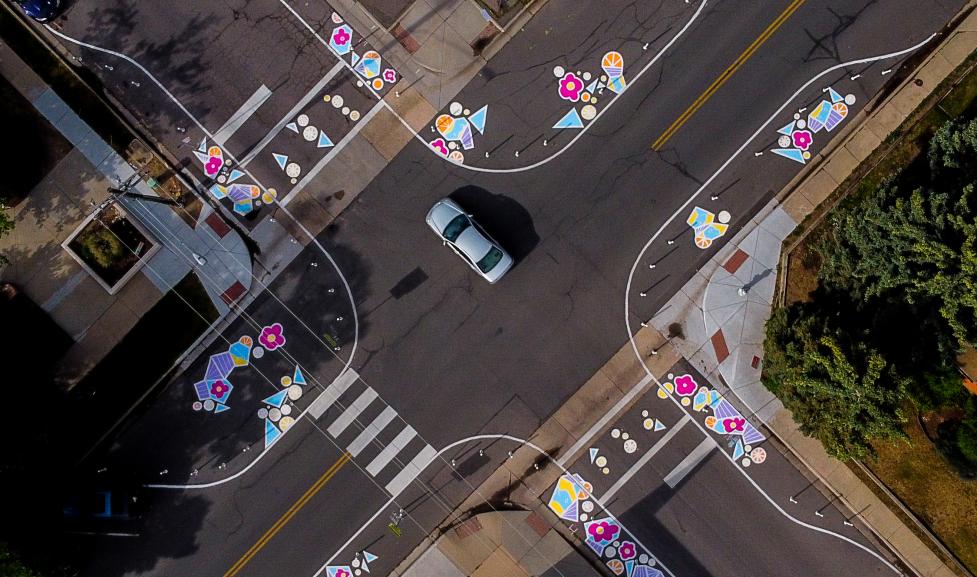About the Report
The Safe Streets Boulder Report measures traffic crash data in Boulder. It identifies trends in crashes and evaluates past safety improvement efforts.
A companion to the report is the Vision Zero Action Plan, which identifies additional strategies the city can take to reduce fatal and severe crashes. Subsequent to the finalization of the 2022 Safe Streets Report, the 2023-2027 Vision Zero Action Plan will be updated and released later this year.
Key Findings
-
Total crashes per year in Boulder have been trending down since 2016.
-
However, severe crashes per year have remained steady, ranging between 55 to 60 per year except for 2020, which was impacted by the COVID-19 pandemic and had 38 severe crashes (fatalities and serious injuries).
-
67% of severe crashes occurred on arterial streets, which are major high-traffic routes.
-
Between 2018 and 2020, there were an average of 1,914 crashes per year. 50, approximately 3%, were severe.
COVID-19 Impacts
Public health emergency restrictions, remote working, virtual school and other COVID-19 factors significantly impacted travel.
-
Vehicle travel dropped significantly in mid-March 2020, peaking at a 60% drop in April 2020.
-
The number of vehicle miles traveled (VMT), total crashes, and severe crashes all decreased compared to previous years.
-
VMT decreased by 29%, total crashes by 47%, and severe crashes by 33% in 2020 as compared to the 2017-2019 average.
Crash Categories of Concern
-
Areas of concern remain similar to those identified in previous reports — pedestrians, bicycles, left turns, and speeding — with a noted increase in crashes involving people age 65+.
-
Trends for pedestrians, bikes and left turns have generally held steady.
-
Severe speeding crashes increased from 1 in 4 to 1 in 3 crashes.
-
Since 2010, crashes involving an older adult have increased by 89% while the older adult population has increased by 35% between 2010 and 2019.
The 2023-2027 Vision Zero Action Plan will detail strategies for reducing these types of crashes.

